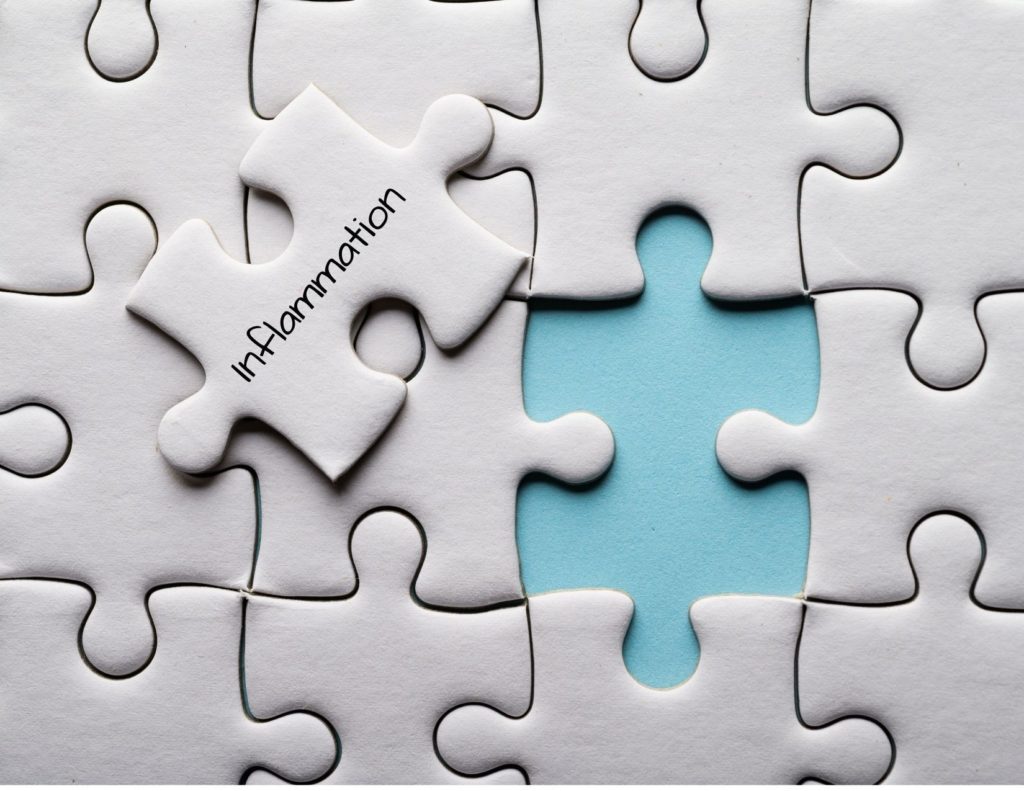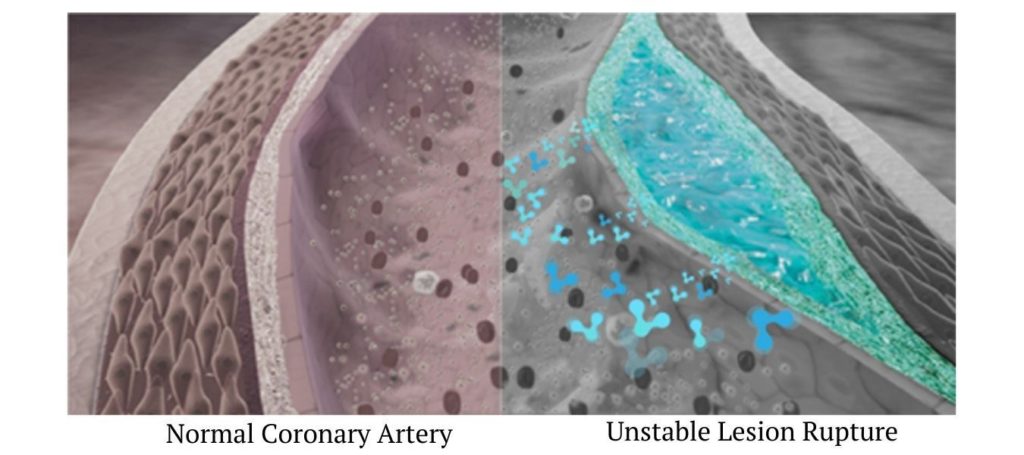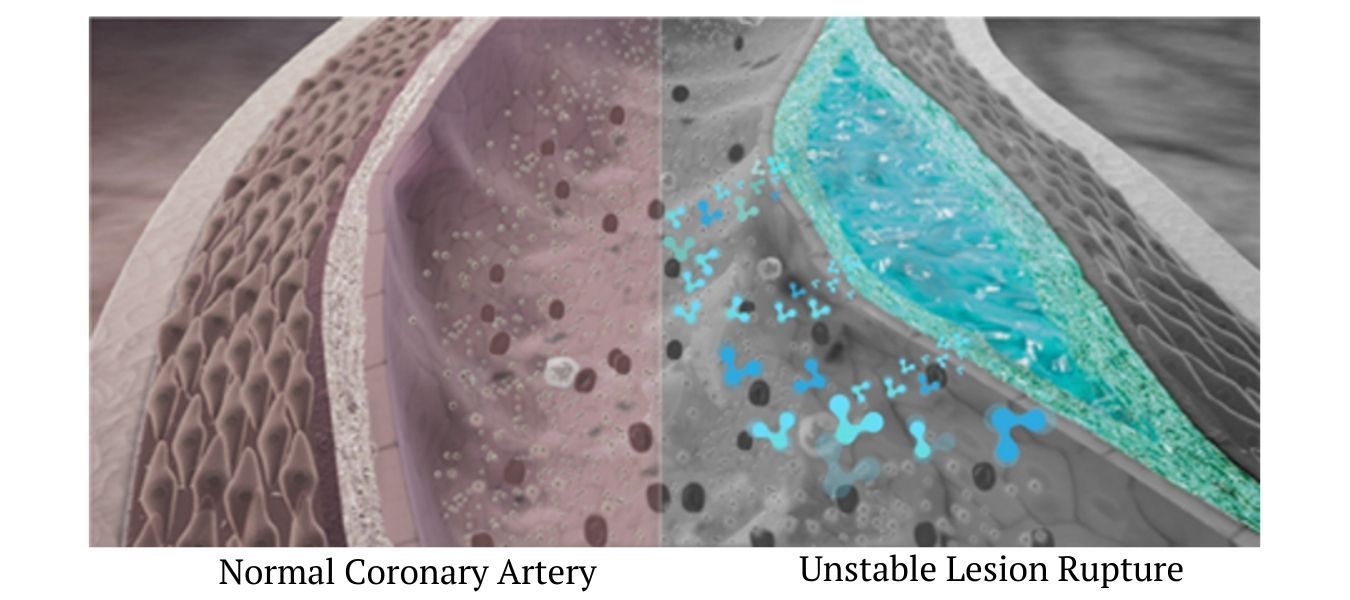It’s February, National Heart Health Month. I have been passionate about heart health since I started studying the heart when I was 10 years old. Really! Heart Disease is the #1 Killer of both men AND women!! This article is the 1st of a 3 part series that can save your life or the lives of those you love!!
No one wants to eagerly click a voicemail expecting to hear a friendly voice, but instead, hear that a dear friend has suddenly and without warning died of a heart attack. What’s worse is, I know that I might have been able to save his life with the information in this article.
The message on my phone was left by a good friend from a global educational organization that I have been a part of for over 20 years. My friend said that our beloved leader of the organization watched as her husband dropped dead in front of her eyes. There was nothing she could do.
My friend and I both grieved the loss for our friend and her family, but we were also grieving because we too loved and adored this amazing man. The thought of our friend now being alone was heartbreaking. The thought of their daughter walking down the wedding aisle in a few weeks without her dad was gut-wrenching. The incredibly painful shock sent a ripple throughout our shared community. Unfortunately, my heartache was compounded by the incredible remorse I felt because I had not shared precious information that might have saved this beloved husband and father’s life. I’m now sharing this groundbreaking information with you so that you can save your life or the life of someone you love!
Matters of the Heart
Coronary Heart Disease (CHD) is no longer a disease of rich, obese, stressed out, smoking, sedentary people. It can affect anyone and everyone who has a heart. There are many risk factors beyond the current ones typically assessed by doctors and hospitals.
Numbers Don’t Lie
The outdated belief that the young, thin, and fit are safe from CHD has been proven wrong. Perhaps you know of someone who fits that healthy image but has suffered a heart attack. Even worse, you may know someone whose first sign of coronary disease was their death—just like my friend’s husband. The truth is that in 50% of cases, sudden cardiac death is the first sign of coronary heart disease!
Coronary Heart Disease is still the leading cause of death for men, women, and people of most racial and ethnic groups in the United States. In fact, one person dies every 38 seconds! (1) Additionally, “despite improvements in survival rates, in the USA, 1 in 4 men and 1 in 3 women still die within a year of a recognized first heart attack”.(2)In 2011, the American Heart Association (AHA) created a new initiative that by the year 2020, the cardiovascular health of all American’s would improve by 20%. Here we are in 2021, and it appears from the data that cardiovascular health has only improved by 6%, way short of the 20% goal.(3)
Globally, 3.8 million men and 3.4 million women die each year from CHD. Since 1990, more people have died from CHD than from any other cause. (4) In fact, the World Health Organization has said that “Coronary heart disease is now the leading cause of death. It is on the rise and has become a true pandemic that respects no borders.” That is staggering considering the number of lives lost from famine, natural disasters, wars, malnutrition, and viruses like HIV and Ebola. Cleary, western medicine is still missing something!
What You Don’t Know…
As the old saying goes, “What you don’t know can kill you.” That is very true when it comes to Coronary Heart Disease!
I worked for nearly two decades in cardiology—first as a nurse in the cardiothoracic intensive care unit caring for those who had just undergone open-heart surgeries. After graduate school, I was a clinical nurse specialist teaching nurses, patients, families, and other allied health professionals how to improve patient outcomes. Yet another graduate degree as a nurse practitioner allowed me to have a greater impact on my patients’ treatment plans and outcomes.
On a daily and weekly basis, I would do exercise treadmill tests, read EKGs, and order all kinds of fancy diagnostic tests to determine if the patient had blocked coronary arteries. I would prescribe the best prevention strategies we knew back then—including dietary changes, exercise, smoking cessation, blood pressure control, stress reduction, and cholesterol-lowering drugs. I had no idea that I, too, was missing a crucial piece of the puzzle for a healthy heart!
I was trained by some of the most prestigious experts in the world of cardiology and lipid (cholesterol) management. Back in the ‘80s and ‘90s, we were trained that CHD was caused by high cholesterol. Thus, the Statin drug class was created. Unfortunately, CHD deaths continue to rise despite the estimated $1 trillion spent annually on Statin therapy in the U.S. (5)
Although health providers and organizations continue to educate patients to reduce their overall risk through a multi-factorial approach, controlling cholesterol remains one of the main priorities and recommendations.
The problem with that approach is that 50% of people who suffer a heart attack have normal cholesterol! A person could climb Mt. Everest one week (or have a normal exercise treadmill test) and perhaps even be declared “clean or normal” after a heart catheterization, but then have a heart attack the next week. That’s because multiple factors in addition to cholesterol are required to determine the underlying cause of heart attack. (6, 7))

The Missing Puzzle Piece
One of the biggest missing pieces of the CHD puzzle is inflammation!
For years, we have had no way of detecting inflammation or an unstable cardiac lesion. The hard plaque that could be in your arteries may not be the culprit of a heart attack. The hard plaque may be narrowing the blood flow to certain areas of the heart and making exercise tough. It may even cause some angina or chest pain. Surgeons may bypass around that narrowing, or cardiologists may bust it open with a balloon and implant a stent to keep it open. But what can kill you instantly is an unstable cardiac lesion – it’s a vulnerable soft plaque that ruptures.
Unstable cardiac lesions form within the artery wall over time, often without any signs or symptoms, through a process of continuous arterial injury and repair. Think of a “pimple” inside of your coronary artery wall. Until now, we’ve had no way to know when this soft vulnerable “pimple” or plaque might pop or rupture – thus leading to a sudden occlusive clot that will cause a heart attack.

The PULS Cardiac Test (TM)Fortunately, there is now the PULS (Protein Unstable Lesion Signature) test that can detect the inflammation!
The PULS Cardiac Test is a simple blood test that uses breakthrough medical technology to identify individuals with active, yet undetected, subclinical (no obvious symptoms) Coronary Heart Disease who are more likely to have inflammatory plaque and are at risk of experiencing a heart attack and for whom early intervention can help. The PULS Cardiac Test is a 9-protein biomarker-based blood test that detects and diagnoses early-stage heart disease in asymptomatic patients. The test actually measures the body’s immune response to continuous endothelial (inner lining of the heart) injury leading to the formation and progression of unstable cardiac lesions—the #1 cause of Heart Attacks. Let me explain a bit- we all know someone who may have had an 80 or 90% blockage in a coronary artery and who has had a stent placed to open it up or has had arteries bypassed around the blockage. These blockages can cause you to have chest pain or angina and feel short of breath on exertion, but this hard plaque or blockage is not as dangerous as a 20% soft vulnerable plaque.
The soft plaque is like a soft pimple that is ready to pop. When the pimple does pop, or in this case, the plaque does rupture, it causes a cascade of platelets and other debris to form a clot. It is this clot that gets lodged in the tight hard blockages in the arteries. Again, it’s the soft vulnerable plaque that can cause the sudden cardiac death. And, it’s what can now be very carefully predicted with the PULS test.
The PULS Cardiac Test has been highlighted by leading cardiology institutions, is now available in seven countries worldwide, and recently received the 1st Place Award for “Innovation in Healthcare.”8) As an affordable, non-invasive blood test that is reimbursed by many insurances, PULS has shown to be a breakthrough in disease management and prevention. If you know your score, you can now do something about it, make those changes, and then document your improved score.
I Am Proof that it Works
In 2015, when I was first introduced to the PULS test, I ordered tests for my husband and me. At the time, I was only 55, had a very healthy body fat percentage, exercised regularly, had a normal cholesterol level, and even a healthy normal oxidized LDL level (that’s another fancy test). I ate a very clean, organic diet with very little to no sugar and very little fat. I was gluten-free and dairy-free most of the time. I never ate fast food, but I would have processed gluten-free crackers with hummus, almost daily. I had green smoothies and superfoods and big green salads, but I was still eating too many processed carbs as I would grab a “healthy” bar running out the door or grab a few gluten-free crackers to snack on. Yes, occasionally, I might have a treat, but my friends and family often remarked that I was the healthiest eater they knew. Regardless, I still had an elevated PULS test revealing inflammation in my body. I thought I had things under control. But my strong family history of CHD and my new PULS test results motivated me to adjust my prevention strategies in a different way.
Fast forward to this year, and I repeated the PULS test and compared the results. By swapping out the carbs for healthy fats, especially in the am, and getting rid of any processed foods, I was able to drop my PULS score by 30%! My score is almost now perfect at the age of 60. I’m still adjusting and doing all I can, but now I know that I have things under control. The healthy measures I’ve incorporated have worked—now that is positive reinforcement!! I feel incredible peace knowing that now, four years older, I have a healthier heart!
Regardless of your age, a healthy body fat percentage, a great exercise program, and even a good cholesterol level, you may have significant inflammation that can cause a heart attack. There are classic stories of fit athletes who have dropped dead from heart attacks. In fact, we now know that even excessive exercise causes inflammation.
In our world today, there are toxins all around us. They too cause inflammation. Inflammation is silent, but now there are ways to detect it. Don’t let it surprise you or your loved ones!
Our Bodies, Our Stewardship
During my teen years, I had a distinct prompting that my body was a gift and was my stewardship. I made a commitment to do all I could to keep it strong and healthy so that I can continue to have the energy to do His will and build His kingdom.
In October of 2010, Elder D. Todd Christofferson reinforced my commitment by stating “In daily prayer, we will gratefully acknowledge Him as our Creator and thank Him for the magnificence of our own physical temple. We will care for it and cherish it as our own personal gift from God.” Further, “…as our body is the instrument of our spirit, it is vital that we care for it as best we can. We should consecrate its powers to serve and further the work of Christ.” (9).
We do have significant control over the health of our bodies. Even if we have been negligent of our health for years, new tests like PULS can give us an honest, objective assessment of our heart health. We can take control and alter the outcomes. Here’s to your heart health and serving with all of your heart, for years to come!
This article was previously published in Meridian Magazine.
For more see www.PULStest.com or contact me at Lori@LoriFinlayHamilton.com
References
#1 – CDC facts– https://www.cdc.gov/heartdisease/facts.htm, https://professional.heart.org/professional/ScienceNews/UCM_503383_Heart-Disease-and-Stroke-Statistics—2019-Update.jsp
#2 – https://www.who.int/cardiovascular_diseases/en/cvd_atlas_14_deathHD.pdf?ua=1
#3 Circulation, 2019; 139;e56-e528
#4 https://www.who.int/cardiovascular_diseases/en/cvd_atlas_14_deathHD.pdf?ua=1
#5 – Circulation, 2019; 139;e56-e528
#6 – https://bjsm.bmj.com/content/bjsports/early/2018/01/16/bjsports-2017-098497.full.pdf?ijkey=Rsap0XafljfcOCR&keytype=ref
#7–https://www.who.int/cardiovascular_diseases/en/cvd_atlas_14_deathHD.pdf?ua=1[MOU1]
#8 – www.PULStest.com #9- https://www.churchofjesuschrist.org/study/new-era/2019/08/your-body-a-magnificent-gift-to-cherish?lang=eng

